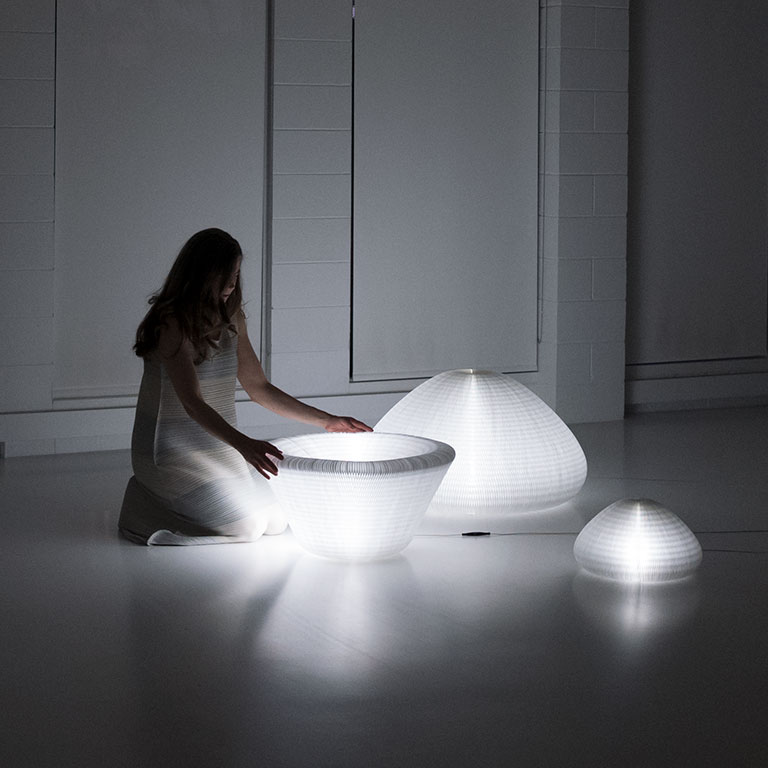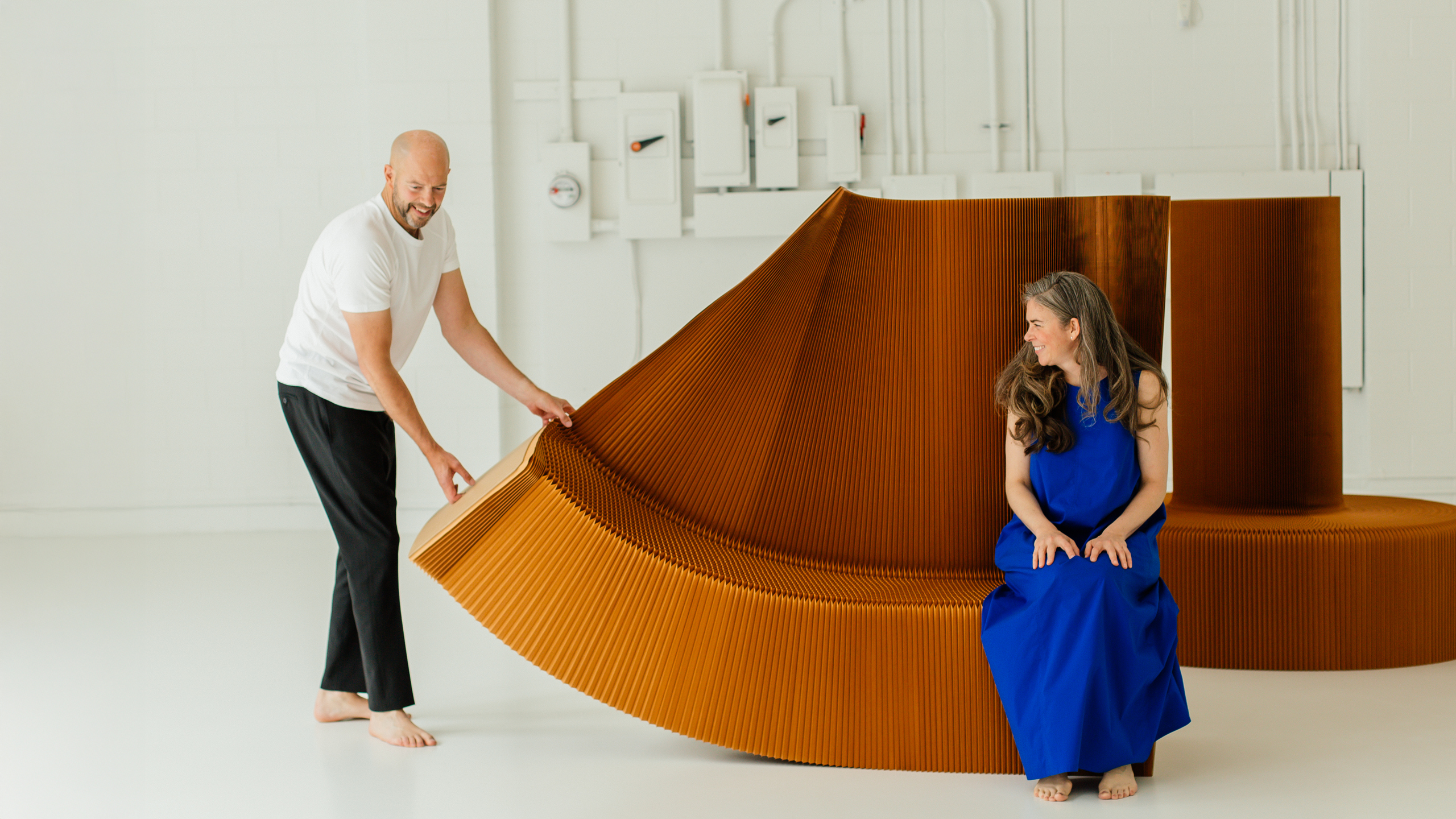
by Stephanie Forsythe and Todd MacAllen
Play is an integral part of our design process, connecting us to delight, a sense of discovery, and the intersection of imagination and creation.
Charles and Ray Eames are known to have said, “Take your pleasure seriously,” and we aim to do just that — embrace play as a non-negotiable tenet in design.
Some of our favourite breakthroughs have been born not from rigorous planning, but from playful landscapes of experimentation. The spirit of play seems to thrive where curiosity is given room to roam. From Alexander Fleming’s accidental discovery of penicillin to Matisse’s experimentation with paper cut-outs, we are inspired by how playfulness sparks ingenuity.
Children play because they’re learning about the world — this openness and experimentation fuels discovery. The foundation of molo has been to embrace this; exploring play is a necessary part of a creative process.
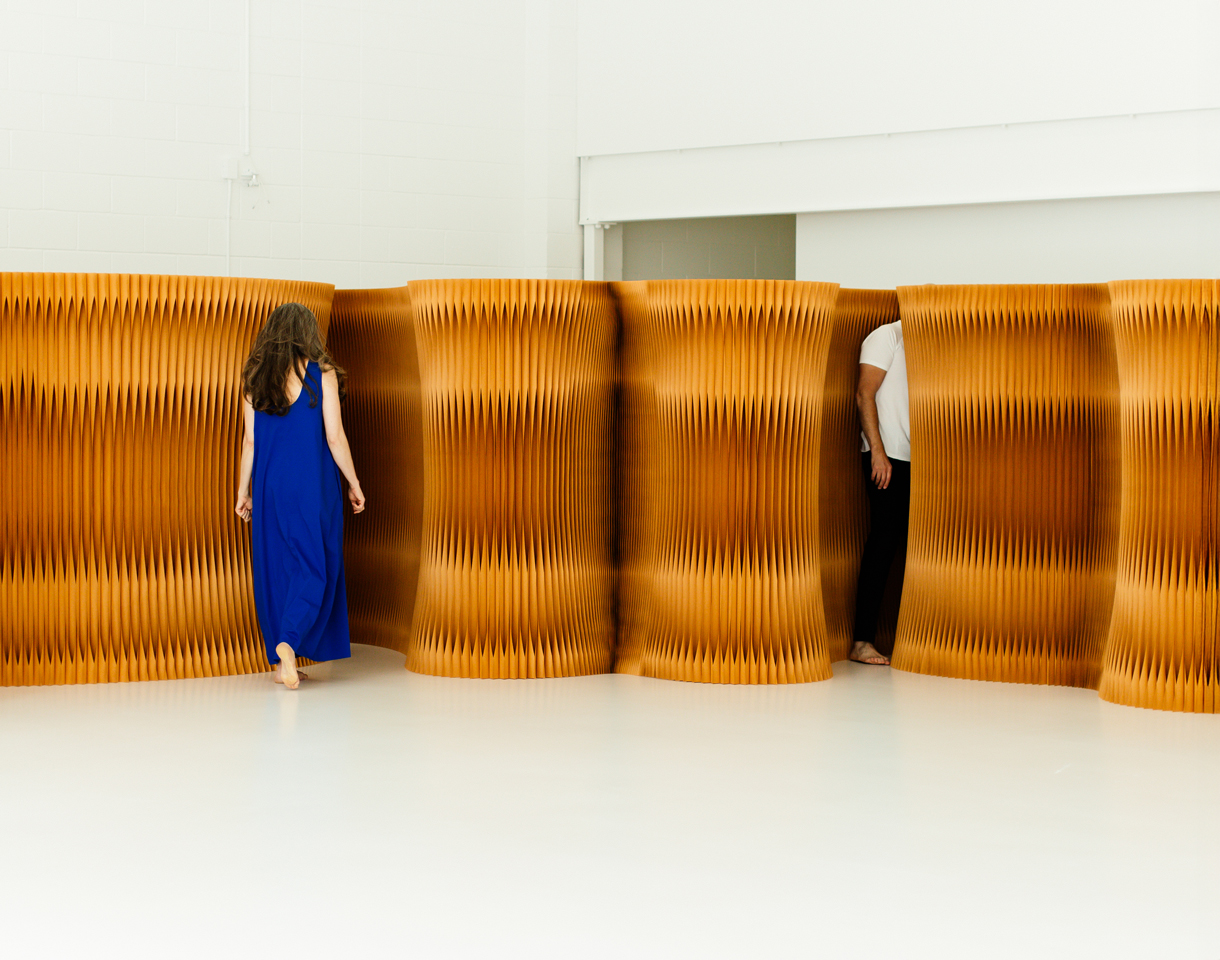 photograph by Alana Paterson
photograph by Alana Paterson
a channel for productivity
For adults, the nature of play doesn’t come as naturally as it used to. Stifled by the idea that to learn something is to master it, we are always coming back to how children aren’t interested in mastery — they are interested in fun.
Why do childhood memories often feel more vivid and alive to us? Perhaps it’s because, as children, we are fully present, connected to the joy of discovery. For many adults, play is often the end of a learning cycle. It starts with intense focus and a serious face. Then, as you get on top of the idea, ease comes with understanding. Now, at the end, you notice new things, find a rhythm, and you see the joy in it.
There are always opportunities to explore how learning and play go hand-in-hand. As a studio, we’re intentional about breaking out of autopilot daily to learn something new. We do this constantly by approaching a topic with a desire to learn more about it. In the design process, we might start with a specific goal in mind, but by stepping back and flipping it on its head, we can better ask: What else could this be? What does it want to become?
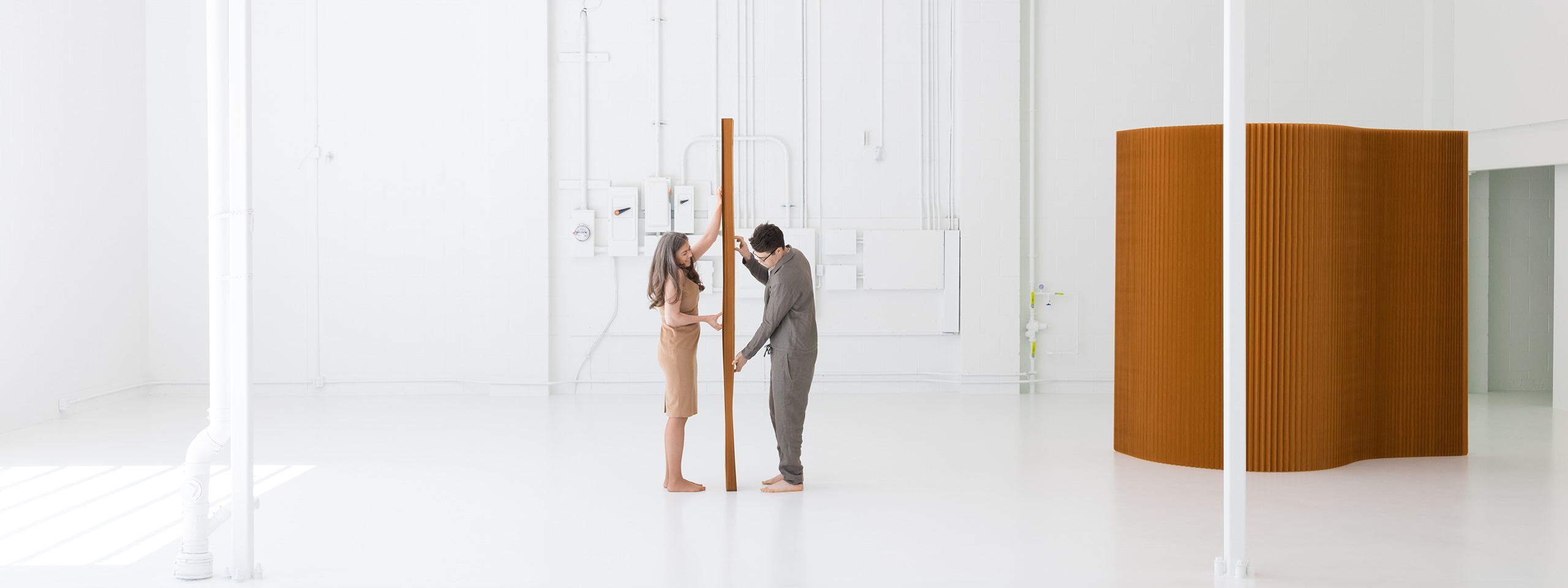
discovering the delight of softwall
The first time, we unfurled a full-sized prototype of softwall, we walked further and further apart from one another as the pleated structure unfolded between us — an astonishing 60 feet! We experienced what felt like an endless span. As if this magnanimous wall had materialized out of thin air, we found ourselves laughing with sheer surprise and delight. It was at that moment that we knew it was something special to share with the world. If we can feel this way, others can, too.
Opening that first softwall made of tissue paper was reminiscent of how theatres create the sound of rain. As if it were an instrument to be played, we noticed an immediate musicality in the nature of softwall. We were delighted to recently meet someone at a party who naturally tapped into this by buying a blue paper softwall to wrap his son’s crib. His son is already reaching for it and interacting with it, running his fingers across the fins, listening to music of his own making.
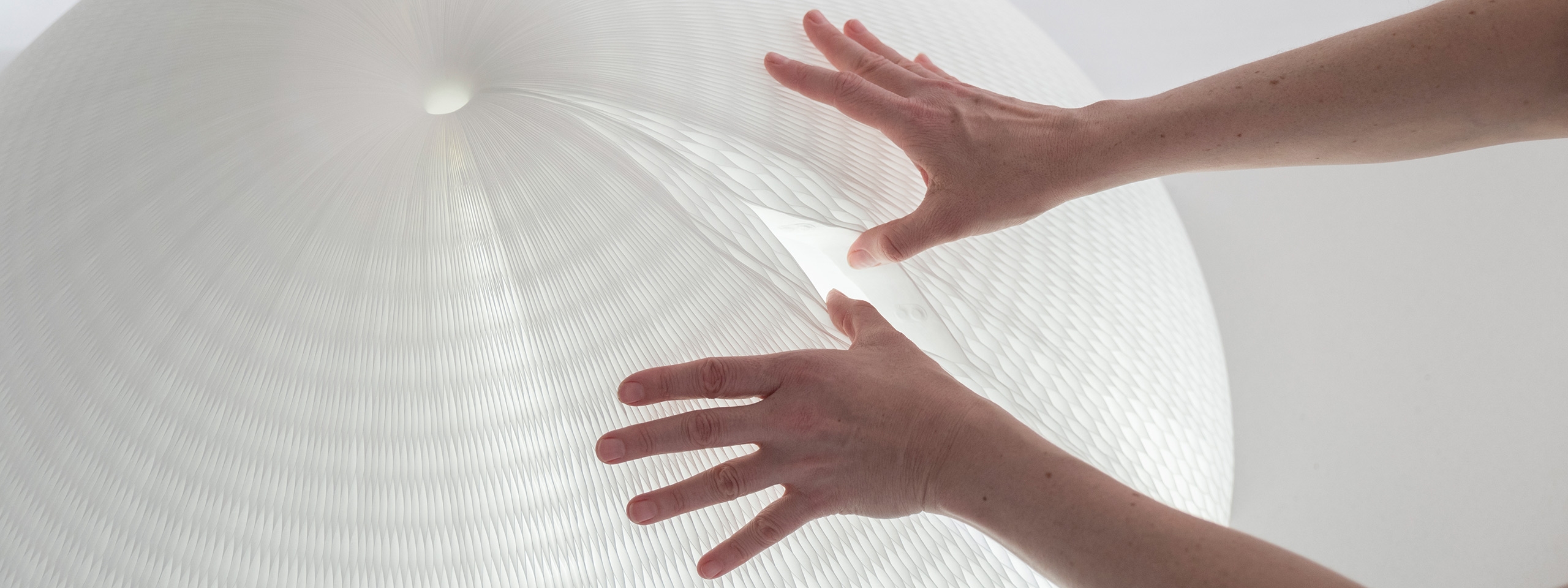
the multi-sensory nature of urchin
The multi-sensory aspect of this type of play is important to us because there is a natural intimacy when you touch something. It makes you feel something, whether it’s warm or cool, pleased or surprised. This multi-sensory experience was a central part of urchin softlight, a shape-shifting lamp that begs playful interaction.
Molding the elastic material of urchin feels remarkably similar to petting a living creature. Its fluid, responsive nature transforms a simple touch into something more intimate — an embrace. It’s a tactile dialogue that is both deeply delightful and undeniably human.
tapping into childlike imagination
After that initial joyful response to softwall, we were determined to release other pieces that embodied that same sensation of delight. As a studio, we always embrace a sense of play, whether or not what we find turns into a finished product. In the end, the objects that have the potential to evoke a childlike response are what we choose to share with the world.
Picasso famously said, “It took me four years to paint like Raphael, but a lifetime to paint like a child.” This philosophy deeply resonates with our artistic process — discovering the inner child and the imagination is lifelong work. Our goal as a studio is to constantly tap into this primal essence, never losing sight of the wonder of design and creation.
We hope that you, too, choose to find time to play.

